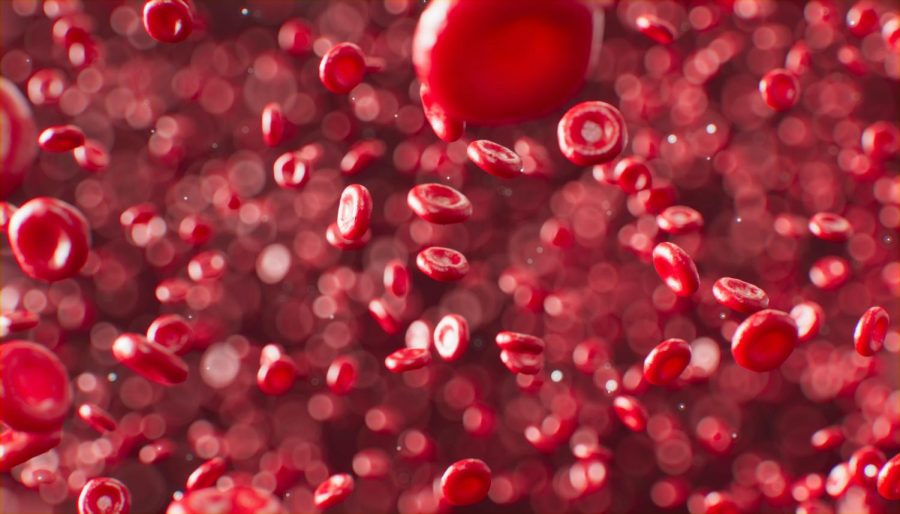Microplastics in Human Blood? | New Study Shows the Presence of Microplastics within the Human Body
Scientists have been concerned about microplastics and their negative effects on life for years, will their concerns soon become a reality?
Recently, scientists have made the alarming discovery that microplastics have made a home inside the bodies of living humans–more specifically, in their blood. Hypotheses, formulated by scientists, contain possible ways microplastics could’ve found their way in human bloodstreams. Considering the fact that large corp

orations and businesses use plastic to store their products that are eventually sold to the general public, it doesn’t seem far-fetched to assume such foreign objects can be found in people.
Well, what are microplastics? Plastic flakes are known as microplastics. They are less than 5mm in any dimension, but many are imperceptible to the naked eye. Primary microplastics and secondary microplastics are the two forms of microplastics. Primary microplastics arise from the breakdown products of larger plastic items, while secondary microplastics derive from the particles used in some cosmetics.
Large amounts of pollution could also contribute to this goosebump inducing discovery. With the amount of plastic that can be found within the oceans, seafood consumed by humans might be the way these microplastics are weaning their way into people. Marine life is notorious for mistaking trash for food; whether that be bottle caps, plastic straws, or other inedible objects. Then people eat the contaminated seafood completely unaware of anything wrong. It’s almost like an unfortunate cycle of events humans simply can’t avoid.
Because microplastics are present in oceans all over the world, much of the worry about them has previously centered on their impact on the marine environment. Microplastics have been detected in a variety of marine creatures, including fish and shellfish.
Plastics can be found everywhere, and only some of them can be properly recycled and or disposed of. The rest usually find their way into landfills, water sources, and in the worst-case-scenario, right into marine ecosystems. Plastic affecting marine life is nothing new to the eyes of society, but something that can’t be visually identified is microplastics. That’s why they’re so much more unnerving.
80% of people whose blood was tested were found to have these tiny particles of plastic within their body, which left many wondering whether or not this would eventually lead to poor health conditions or not. Feasible health effects have not yet been discovered, however, it can be presumed that it’s not too great health-wise. Foreign objects within human bodies are usually never a positive thing. Human bodies are known to reject items that the immune system deems toxic or threatening towards the person, which could ultimately lead to an abundance of health-related problems later on in life. Health professionals are working hard to find out more about this situation, and hope to put the public’s mind at ease soon.
For some, this reality can influence better habits to preserve the earth. With more effort from society, change is possible. It would be ideal to start with faulting large corporations with their extreme and unnecessary use of wasteful products that simply aren’t biodegradable. A potential fine that would slowly increase over time if a continuation of dangerous/harmful products were being used would probably suffice and steer plenty of these corporations into avoiding the use of them.

Hey, I’m Emma! I’m a senior at Oakton, and it’s my fourth year in journalism and writing for the Oakton Outlook. My favorite stories to write are...






